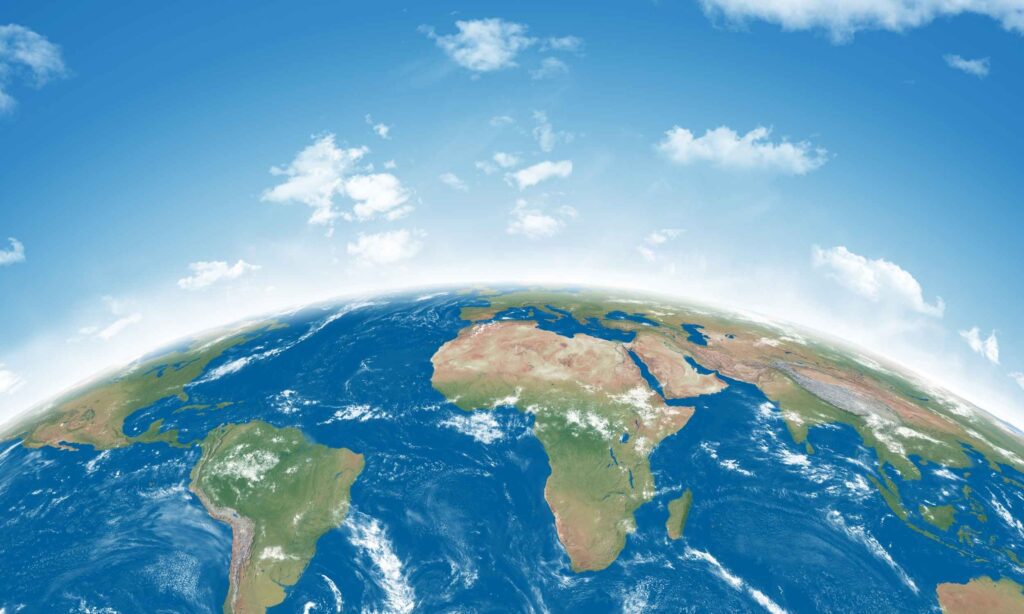Geologists have identified a largely submerged landmass in the South Pacific, known as Zealandia, which spans nearly 2 million square miles. Only about 5% of it, including parts of New Zealand, is above sea level. Zealandia split from the ancient supercontinent Gondwana millions of years ago, gradually sinking due to tectonic movements and structural changes. Recent research, utilizing geological chronology and magnetic data, has strengthened the argument that Zealandia is a legitimate continent rather than just underwater fragments.
Researchers mapped the region’s geology and rock types, revealing connections to recognized continents. The tectonic processes shaping Zealandia, including subduction—a scenario where one plate sinks beneath another—have led to deep-sea water inundating much of the area, leaving only a few islands visible.
The significance of Zealandia lies in its potential to provide insights into continental evolution and Earth’s past, prompting further research using advanced techniques like seismic imaging. Ongoing studies aim to deepen our understanding of how shifting continents impact sea levels, climate, and biodiversity. The research also raises questions about the criteria for classifying continents, potentially redefining geological perspectives.
Source link


